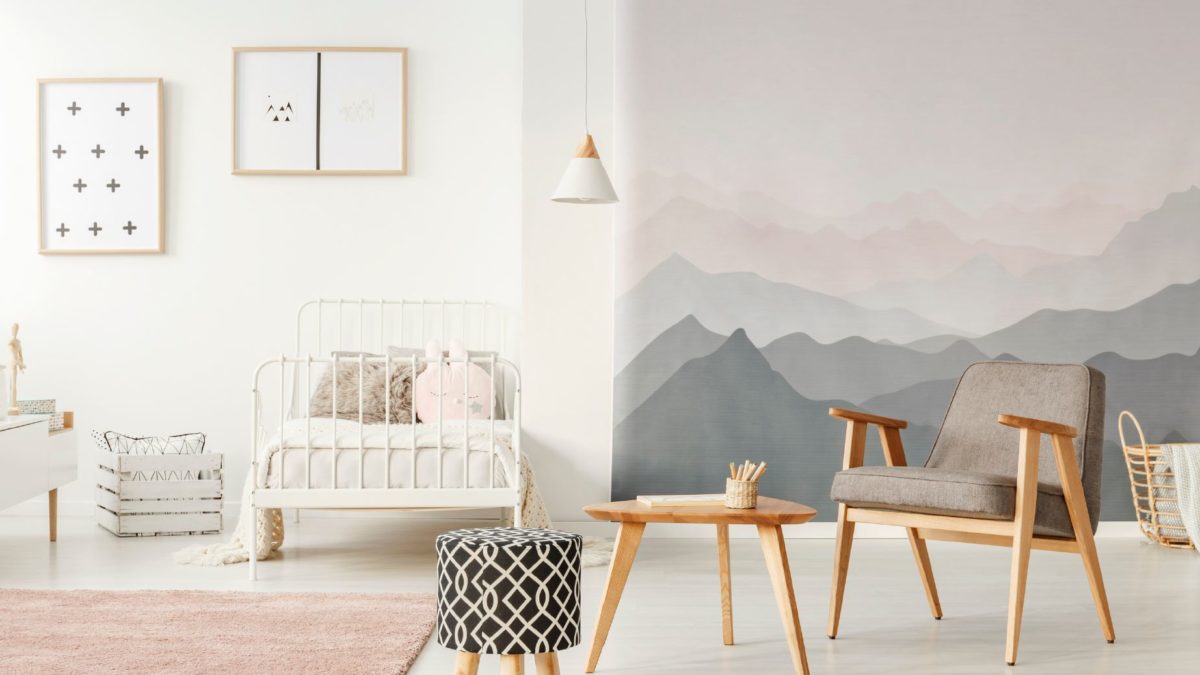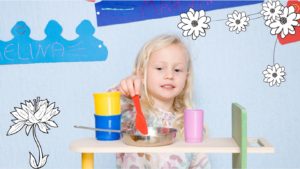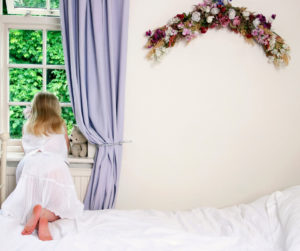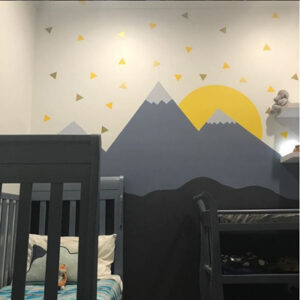2 Strategies for Tidier Children

The battle of tidiness between parents and children has probably been ongoing since caves became dwellings. In fact if you saw my Instagram story this week you would have seen the awful amount of stationary my daughter had accumulated. It was nuts. But she ended up removing around three quarters of it with no stress. Want to know how?
For kids it’s super stressful when you tell them to tidy their room or throw out all the things they don’t need. To be fair plenty of adults struggle with this. So I thought I might offer some tips that have worked for me. Of course I am not diluded. You may have noticed the title to this article is Tidier children. I would be crazy to say I was going to change kids more than that. And there’s no way that I’m helping with the glitter thing. You either ban it or go with it people. Personally I see glitter as a party vibe so all good for me LOL.

 But we can do something and we should. It drives us nuts and the mess can actually have a negative impact on our health and I’m not referring to the odd Lego piece you stand on. In fact a study led by associate professor NiCole R. Keith, Ph.D., research scientist and professor at Indiana University found that house cleanliness is more of a predictor for physical health than neighborhood walkability (see article link below). To add to our compelling reasons for children to tidy up there is evidence to suggest that kids who regularly tidy up are more likely to be productive adults and less likely to do drugs. Of course to my point as a designer why would you want to spend your money on creating a beautiful home if your kids constantly trash it.
But we can do something and we should. It drives us nuts and the mess can actually have a negative impact on our health and I’m not referring to the odd Lego piece you stand on. In fact a study led by associate professor NiCole R. Keith, Ph.D., research scientist and professor at Indiana University found that house cleanliness is more of a predictor for physical health than neighborhood walkability (see article link below). To add to our compelling reasons for children to tidy up there is evidence to suggest that kids who regularly tidy up are more likely to be productive adults and less likely to do drugs. Of course to my point as a designer why would you want to spend your money on creating a beautiful home if your kids constantly trash it.
So why don’t our kids know that life will be better if they tidy up? Or better yet why don’t they just do what we ask? (LOL said every parent ever!) The fact is people require motivators to act and children are no different. So the first step towards a child who is tidier is a conversation. It’s important to discuss with your little person that because you all live in one house you need to be respectful of each other and work as a team to keep it under control. Also discuss how it’s easier to find things and we have a better space for play when things are tidy.
 GENERAL TIDYING
GENERAL TIDYINGI have a rule in my house that Mess Is Good…until you’ve finished with that thing. After all how can you play well without mess. Evidence shows that this is a child’s creative outlet. So how do we make sure the mess is cleaned up. If you set the task of “clean your room” most kids are either not going to see what you’re talking about OR feel overwhelmed by the task at hand. You need to lead with tiny repeatable actions. Aim for:
1. “Put your clothes in the wash basket” or “Put 10 things away please”. Keep the task clear and small.
2. At the end of each type of play put that play thing away.
3. Ensure they know there will be no “next activity” until the action is complete.
4. When the task is complete compliment them. “Thanks so much. That looks great” / “Good job. Won’t this be a better play space now.”
You are going to have to repeat these actions with them however it will form great habits and remove the argument so long as you are consistent.

TIME TO DECLUTTER
This is a little more tricky. In fact for kids under five it feels close to impossible but it doesn’t hurt to start trying in tiny doses. If you think about it from the perspective of your little person they can’t see why anyone would want to give their things up. After all those toys magically came to them and were at least mildly loved at one point and they’re “MINE”. All true. But these days they receive so many new toys (a whole other issue) we can’t possibly keep all of them. And excess items that no one actually needs or wants makes for difficult unnecessary house keeping. So again lets start with a chat. Gather the things you want sorted and then have a conversation in front of that pile. Don’t overdo the talking and allow for questions. And don’t be too hard on them the first time. This is like building a muscle. The more they do it the better they’ll get.
The Conversation
1. If you keep all of your toys it is hard to find the ones you actually love. By removing things you don’t want you will have a better space to play.
2. When you are donating a toy you know longer need or want to play with you are helping a child who is lacking. Reassure them that someone will love that toy and it can be played with again which is the whole point of a toy.
3. There is only so much storage space in the house and we need our things to be able to fit within these spaces. Show them the space for the items you plan on sorting. “They must fit in here.”

Strategies to Sort
1. Only try to sort one type of thing at a time (e.g. matchbox cars, dresses, barbies). If you have those things all pulled out on the floor (with nothing else) your child may be quite surprised by how many they truly have. When they look at a single matchbox car they just see a matchbox car and know they love it. When they see they have 5 red matchbox cars it quickly allows them to identify one or two that they love the most.
2. Sort them into the following groups: broken (bin), charity, keep.
3. Don’t leave your little person alone to try and tackle this on their own. They will become distracted. It is best if you help guide the thoughts on each item. When did you last use this? Is it broken? etc.
4. Lots of praise during and after. Your little person has just achieved something that’s even difficult for adults. Let them know how much of an impact they’ve had on your home. Plus throw a dash of praise in for yourself. You’ve just set them on the path to true appreciation for what they have. Nice one 🙂

http://newsinfo.iu.edu/web/page/normal/14627.html
Share
